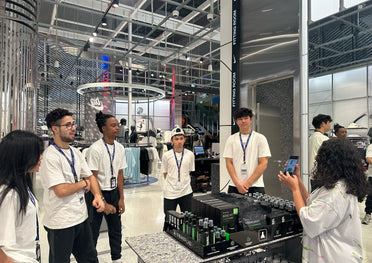Garment Longevity Is the Next Luxury Fashion Frontier
[ News ]
Article

One of the ways that we most frame sustainability in fashion has been primarily as a materials problem. From regenerative cotton and mushroom leather to recycled nylons and bio-based synthetics, there is a welcome and focused energy placed on inventing and scaling fibres that promise a more responsible future, and it's an exciting frontier that we’re deeply supportive of.
Still, new materials must prove themselves technically and then economically, legally, and aesthetically. They must be integrated into complex supply chains optimised for speed and cost-efficiency, and while regulation is accelerating, particularly in the EU, infrastructures remain uneven and fragmented.
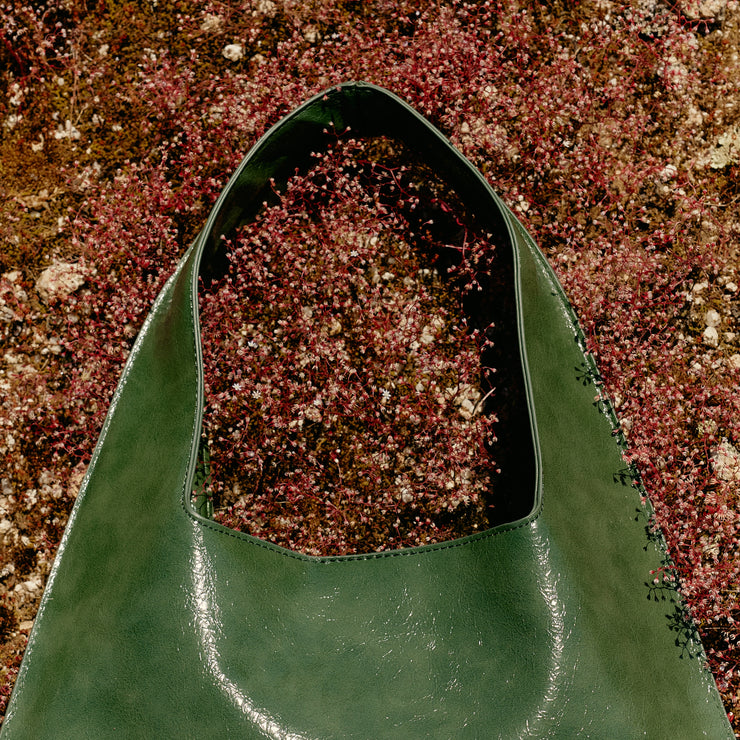
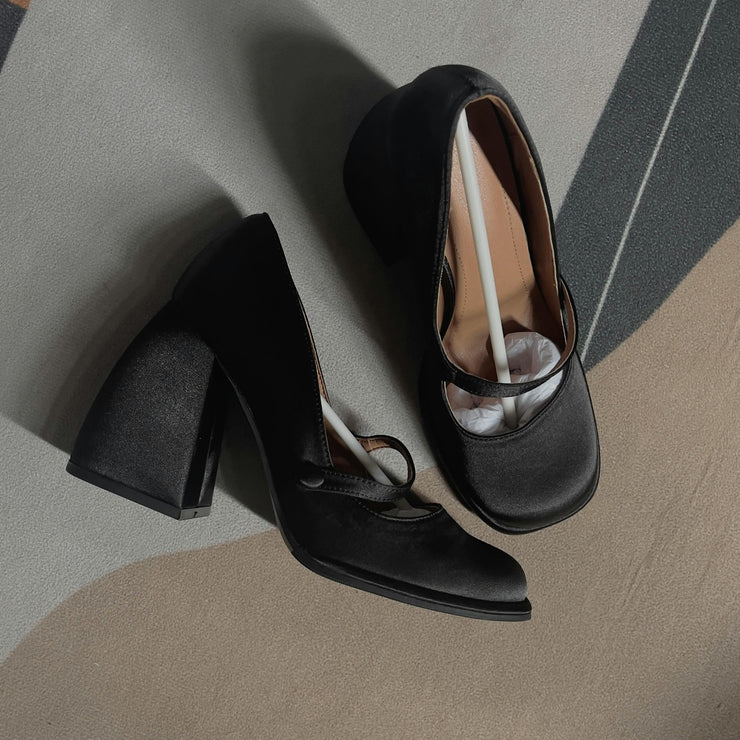
In this gap between innovation and implementation, an older, often overlooked lever of transformation stands out to us; how we care for what already exists.
If you know our work at The Lab, you’ll know this is the space we most intentionally inhabit — a place in which science meets culture to extend the life of garments through thoughtful care, repair, and maintenance.


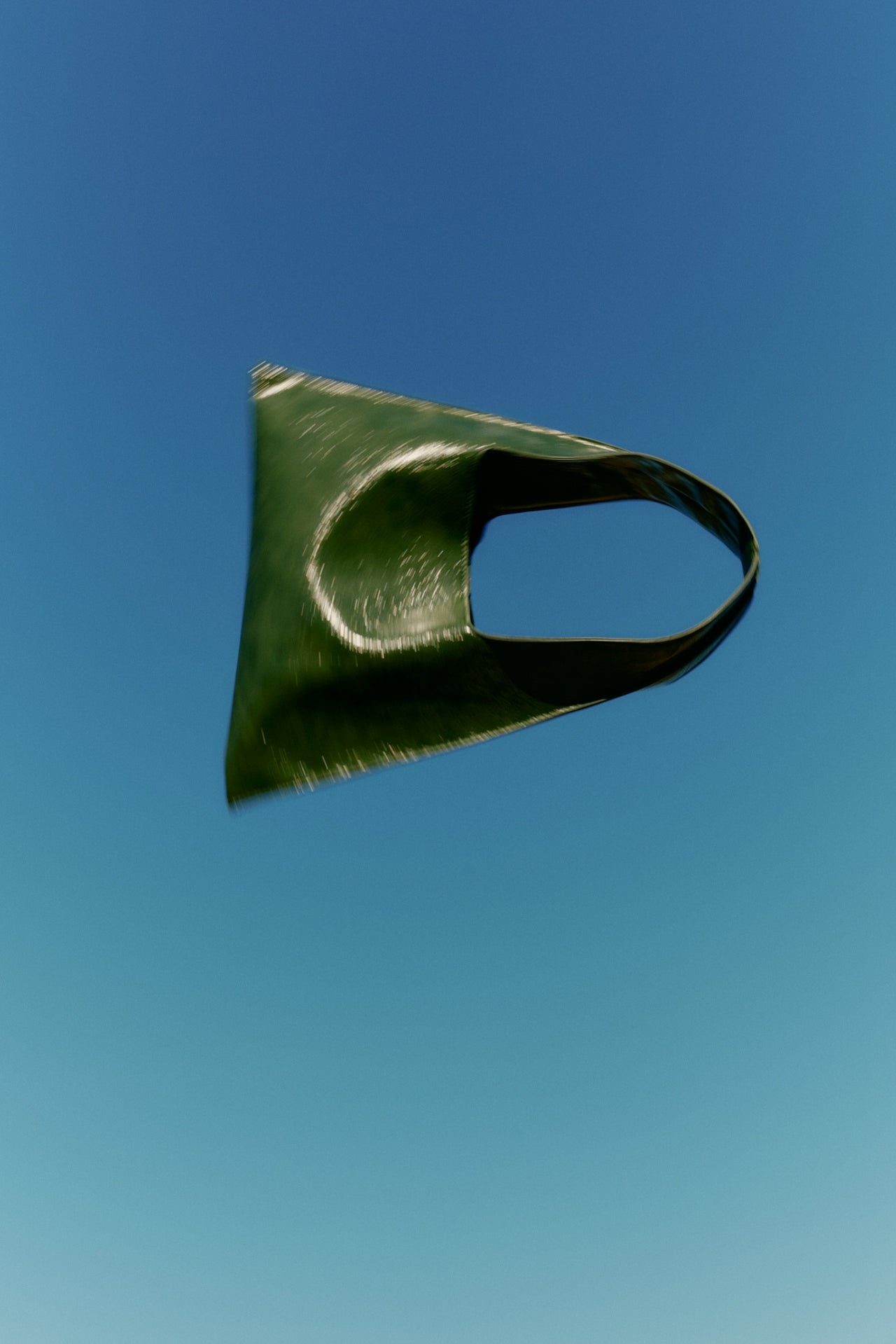
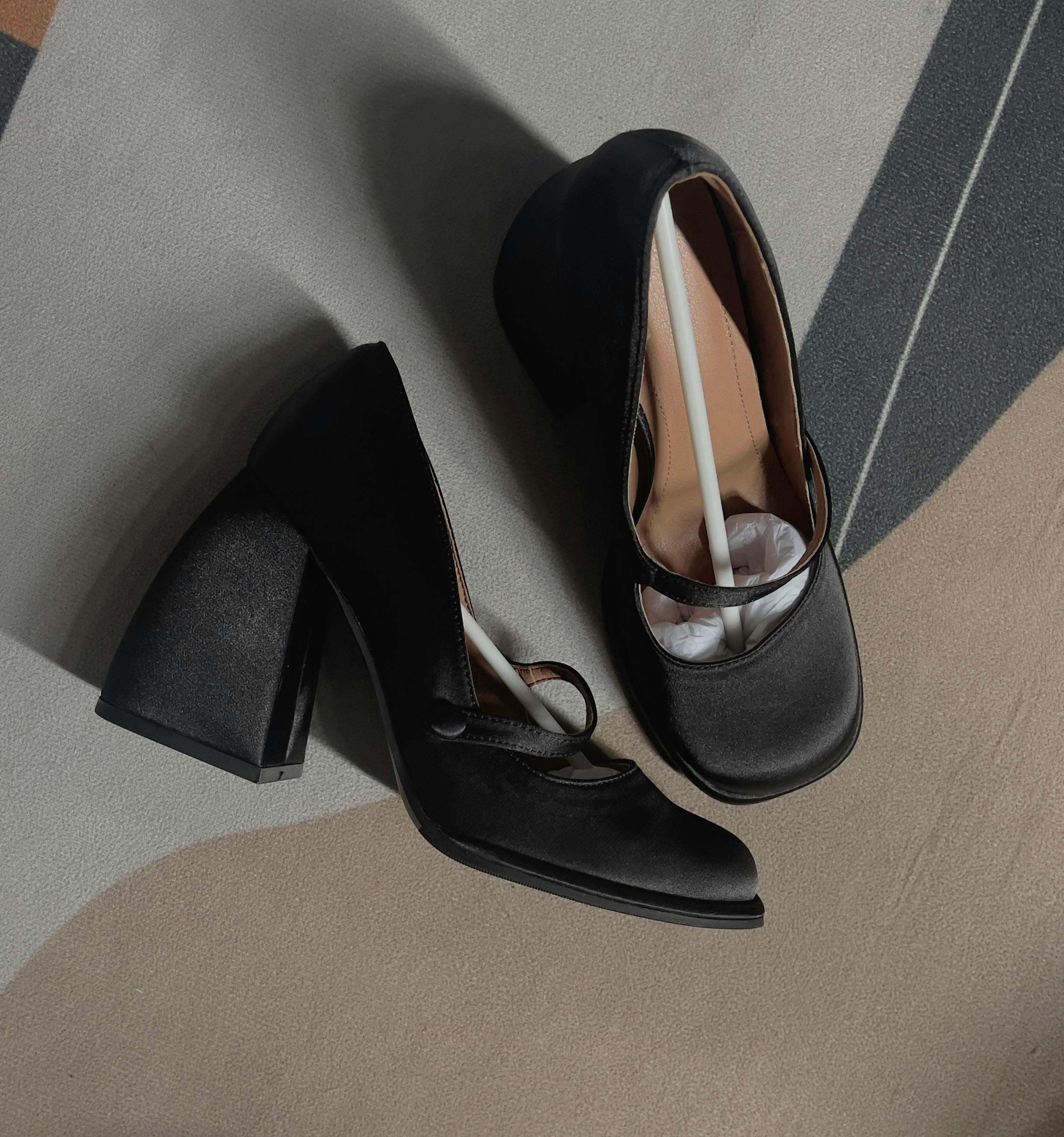

Care acts as a multiplier: it either amplifies or undermines the sustainability potential embedded in every textile innovation.
Much of the current sustainability conversation has been anchored at the two ends of the lifecycle. On one end, there’s the push to innovate at the point of creation; on the other, the emphasis on end-of-life loops — resale platforms, recycling systems, rental models, take-back schemes. These circularity narratives are critical, but they overlook the vast, decisive middle of a garment’s life: the maintenance phase. This is where garments either thrive or falter, and where theoretical sustainability meets lived reality. A T-shirt made from the most regenerative cotton but washed harshly, tumble-dried on high heat, and discarded after fifteen wears may end up with a greater environmental footprint than a conventional cotton tee cared for gently and worn for years. Care acts as a multiplier: it either amplifies or undermines the sustainability potential embedded in every textile innovation. With the rise of an intensely consumptive culture and our pursuit for constant newness, this phase has remained culturally invisible; care and cleaning what we own has been relegated to unseen domestic labour and rarely acknowledged as a site of design intelligence or strategic infrastructure.
Increasingly, we are seeing garment care as a consumer responsibility and as a shared system that connects design, technology, behaviour, and culture. Forward-thinking brands are integrating care into their business models in ways that extend beyond the afterthought of a swing tag. Stella McCartney has long advocated for low-wash routines and biodegradable detergents, positioning care as both an ethical stance and an aesthetic preference. Patagonia’s Worn Wear programme puts cleaning and repair at the centre of its operations, proving that longevity can be environmentally powerful and commercially viable. Equally, Arket and Nudie Jeans have embedded care education and lifetime repair into their value propositions, reframing what “premium” means for a new generation.
At The Lab, this philosophy is foundational. We focus on extending and enriching the middle phase. Our bio-tech formulations work intelligently with a myriad of fabrics, cleaning deeply without eroding structure, shape, or colour. This subtle difference has exponential effects over a garment’s lifespan. Every wash becomes an act of preservation. To us, sustainability is enacted through daily rituals like garment care. We ask the question most crucially; how can we keep what already exists in circulation for longer, and in better condition?
Alongside physical care rituals, Digital Product Passports (DPPs) are pointed to become powerful tools for care and longevity. By embedding scannable data into garments, DPPs give wearers instant access to fibre composition, tailored care instructions, repair services, and provenance. A jacket ceases to be a static object; it can instead become an intelligent interface. Instead of treating garments as mute, DPPs allow them to “speak” — guiding their maintenance, making their origins transparent, and enabling traceable histories that can follow the item through resale, rental, or inheritance. In Sweden, brands like Kappahl are leading with initiatives such as Trace4Value, embedding Digital Product Passports on children’s trousers as part of a pilot project. By scanning a QR code, parents can instantly access the garment’s full supply chain, fibre composition, and care instructions. This anticipates upcoming EU regulation: by 2030, digital product passports will become mandatory for textiles, giving consumers access to detailed climate footprint and sustainability information to make more informed choices.
Increasingly, we are seeing garment care as a consumer responsibility and as a shared system that connects design, technology, behaviour, and culture. Forward-thinking brands are integrating care into their business models in ways that extend beyond the afterthought of a swing tag. Stella McCartney has long advocated for low-wash routines and biodegradable detergents, positioning care as both an ethical stance and an aesthetic preference. Patagonia’s Worn Wear programme puts cleaning and repair at the centre of its operations, proving that longevity can be environmentally powerful and commercially viable. Equally, Arket and Nudie Jeans have embedded care education and lifetime repair into their value propositions, reframing what “premium” means for a new generation.
At The Lab, this philosophy is foundational. We focus on extending and enriching the middle phase. Our bio-tech formulations work intelligently with a myriad of fabrics, cleaning deeply without eroding structure, shape, or colour. This subtle difference has exponential effects over a garment’s lifespan. Every wash becomes an act of preservation. To us, sustainability is enacted through daily rituals like garment care. We ask the question most crucially; how can we keep what already exists in circulation for longer, and in better condition?
Alongside physical care rituals, Digital Product Passports (DPPs) are pointed to become powerful tools for care and longevity. By embedding scannable data into garments, DPPs give wearers instant access to fibre composition, tailored care instructions, repair services, and provenance. A jacket ceases to be a static object; it can instead become an intelligent interface. Instead of treating garments as mute, DPPs allow them to “speak” — guiding their maintenance, making their origins transparent, and enabling traceable histories that can follow the item through resale, rental, or inheritance. In Sweden, brands like Kappahl are leading with initiatives such as Trace4Value, embedding Digital Product Passports on children’s trousers as part of a pilot project. By scanning a QR code, parents can instantly access the garment’s full supply chain, fibre composition, and care instructions. This anticipates upcoming EU regulation: by 2030, digital product passports will become mandatory for textiles, giving consumers access to detailed climate footprint and sustainability information to make more informed choices.
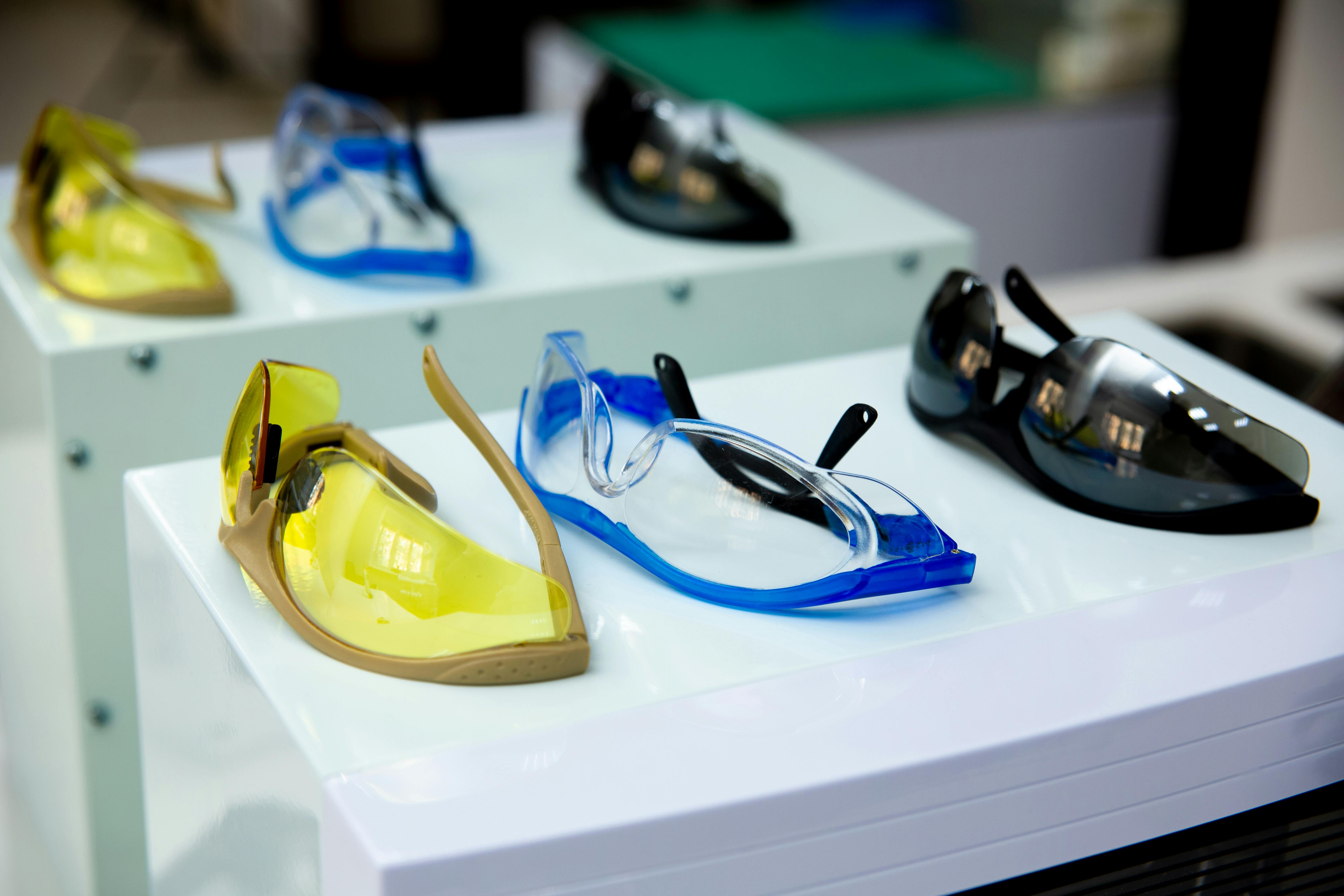
Longevity is emerging as a new expression of luxury.
The cultural implications of this shift in thinking around care and traceability are profound. It reframes the relationship between people and their clothes, moving away from the anonymous, disposable logic of fast fashion toward one of stewardship and accountability. When garments “speak” through embedded data, they invite wearers into an ongoing dialogue — one that honours the labour, materials, and ecosystems behind each item. Traceability makes supply chains visible, disrupting the cultural norm of ignorance, while enhanced care practices cultivate longer, more attentive relationships with clothing. In this way, we can create a fashion system that begins to mirror older cultural traditions of mending, inheritance, and custodianship, but through the innovative lens of contemporary technology.
All this aside, what we believe this speaks to most powerfully is that longevity is emerging as a new expression of luxury. Historically, luxury has been tied to scarcity, craftsmanship, and price; but in a world marred by climate pressure, legislative change, and shifting cultural values, the ability of a garment to endure — to be maintained, repaired, and cherished over time — is becoming a marker of discernment and sophistication. Longevity signals intelligence, responsibility, and refusal to participate in the churn of disposability. It also signals time; a quality that, in an accelerated economy, has become increasingly precious. To keep something and care for it is to move against the grain of hyper-consumption.
There is, too, a deeply human pleasure in garments that last. Clothes that endure gather stories: denim softens and patinas, knitwear retains its bounce, outerwear develops character. Their surfaces record encounters, rituals, repairs, and weather.
Regulatory and economic dynamics are amplifying this cultural shift. The EU’s forthcoming Ecodesign for Sustainable Products Regulation will require brands to design for durability and provide accessible repair information. Product Environmental Footprint methodologies increasingly account for use-phase impacts, meaning how clothes are cared for will directly affect how their sustainability is measured. Extending a garment’s life by just nine months can reduce its carbon, water, and waste footprints by 20–30%. At scale, this represents a systemic shift. Brands that invest in care — whether through technology, education, or services — stand to reap both environmental benefits and deeper customer loyalty.
Perhaps most powerfully, this shift opens a new narrative terrain. In an industry addicted to novelty, garments that endure tell richer, slower stories. They embody continuity rather than churn. Brands can invite their communities to co-author these stories, tracing garments over years rather than seasons. These narratives offer an alternative to the dopamine loop of trend cycles; one that feels more grounded, more personal, and more intelligent. This is the fashion future that we’re creating here, at The Lab.
The future of fashion will be determined by how well what we make endures. Material innovation will remain crucial, but without parallel innovation in care, its promise will remain unfulfilled. By focusing on the middle of a garment’s life — through bio-tech cleaning, digital traceability, design intelligence, behavioural shifts, and cultural storytelling — we can redefine sustainability from the inside out. Garment longevity is the next luxury fashion frontier, and care is its engine; continuous, profoundly intelligent, and increasingly indispensable.
All this aside, what we believe this speaks to most powerfully is that longevity is emerging as a new expression of luxury. Historically, luxury has been tied to scarcity, craftsmanship, and price; but in a world marred by climate pressure, legislative change, and shifting cultural values, the ability of a garment to endure — to be maintained, repaired, and cherished over time — is becoming a marker of discernment and sophistication. Longevity signals intelligence, responsibility, and refusal to participate in the churn of disposability. It also signals time; a quality that, in an accelerated economy, has become increasingly precious. To keep something and care for it is to move against the grain of hyper-consumption.
There is, too, a deeply human pleasure in garments that last. Clothes that endure gather stories: denim softens and patinas, knitwear retains its bounce, outerwear develops character. Their surfaces record encounters, rituals, repairs, and weather.
Regulatory and economic dynamics are amplifying this cultural shift. The EU’s forthcoming Ecodesign for Sustainable Products Regulation will require brands to design for durability and provide accessible repair information. Product Environmental Footprint methodologies increasingly account for use-phase impacts, meaning how clothes are cared for will directly affect how their sustainability is measured. Extending a garment’s life by just nine months can reduce its carbon, water, and waste footprints by 20–30%. At scale, this represents a systemic shift. Brands that invest in care — whether through technology, education, or services — stand to reap both environmental benefits and deeper customer loyalty.
Perhaps most powerfully, this shift opens a new narrative terrain. In an industry addicted to novelty, garments that endure tell richer, slower stories. They embody continuity rather than churn. Brands can invite their communities to co-author these stories, tracing garments over years rather than seasons. These narratives offer an alternative to the dopamine loop of trend cycles; one that feels more grounded, more personal, and more intelligent. This is the fashion future that we’re creating here, at The Lab.
The future of fashion will be determined by how well what we make endures. Material innovation will remain crucial, but without parallel innovation in care, its promise will remain unfulfilled. By focusing on the middle of a garment’s life — through bio-tech cleaning, digital traceability, design intelligence, behavioural shifts, and cultural storytelling — we can redefine sustainability from the inside out. Garment longevity is the next luxury fashion frontier, and care is its engine; continuous, profoundly intelligent, and increasingly indispensable.
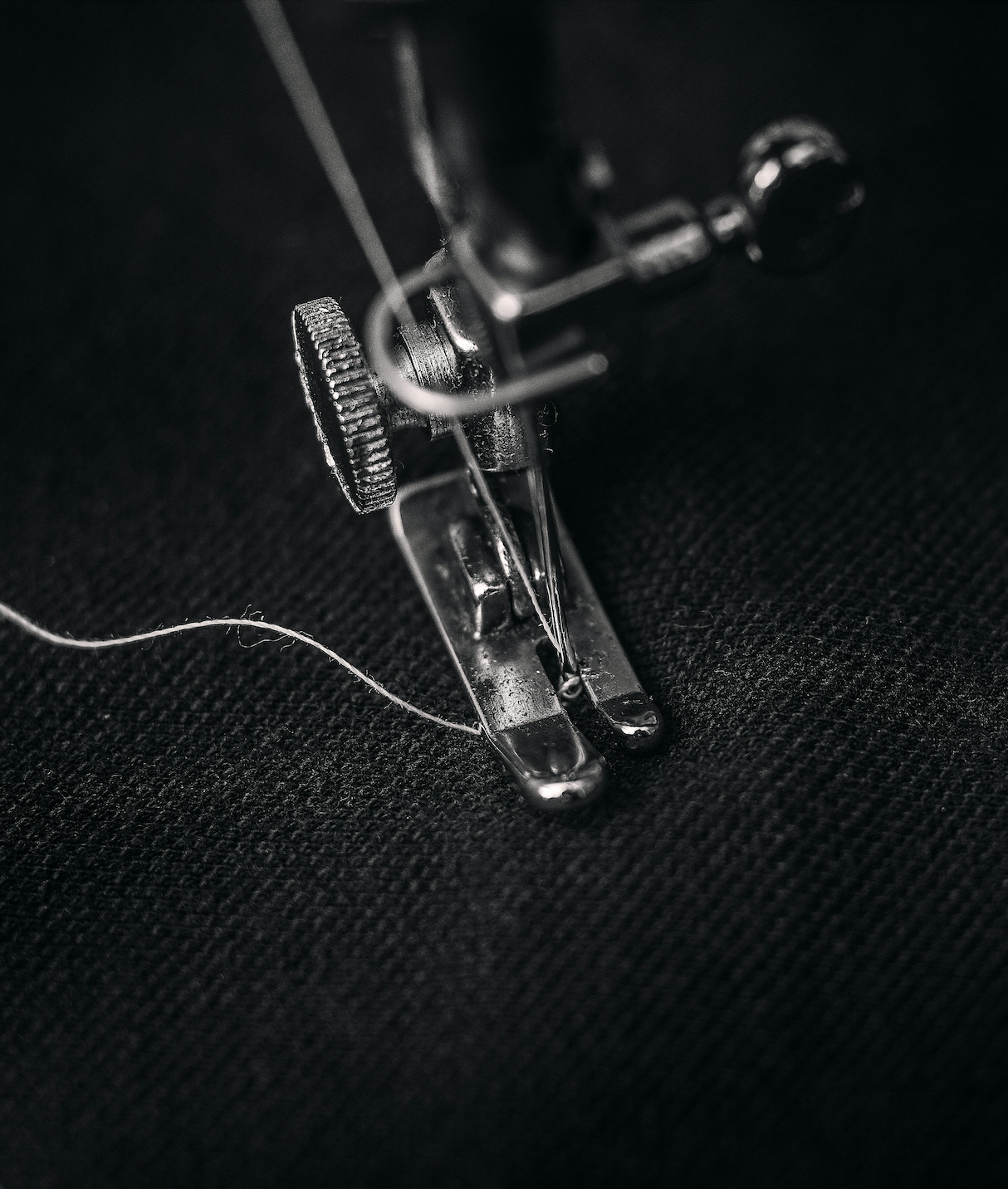
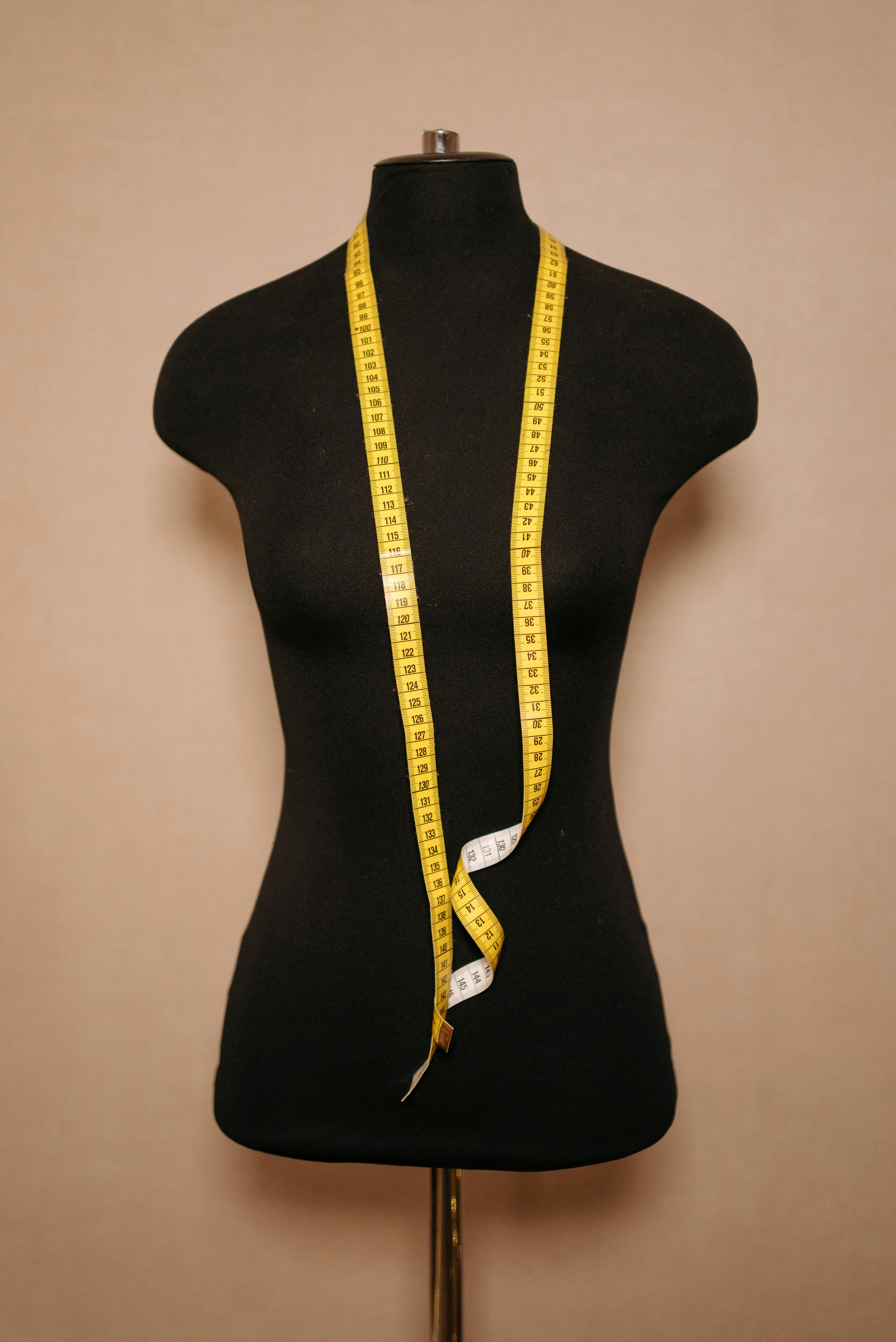
[ Follow ]

